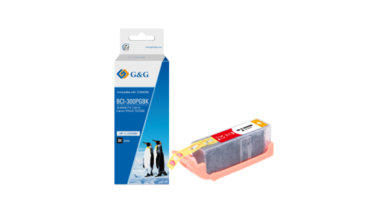Understanding Ad Exchange Platforms: A Comprehensive Guide

In the ever-evolving digital advertising landscape, ad exchange platforms have emerged as pivotal components in the buying and selling of online ad inventory. These platforms revolutionize the way advertisers reach their target audiences and how publishers monetize their content. This article delves into the mechanics, benefits, and future of ad exchange platforms.
What is an Ad Exchange Platform?
An ad exchange platform is a digital marketplace where advertisers and publishers can buy and sell ad inventory in real-time. Unlike traditional methods of buying and selling ads, which often involve direct negotiations, ad exchanges facilitate automated, auction-based transactions. This efficiency allows for more dynamic pricing and targeting, ultimately benefiting both parties.
How Do Ad Exchanges Work?
Ad exchanges operate through a process known as real-time bidding (RTB). Here’s a simplified breakdown of how it works:
- Ad Request: When a user visits a website, the publisher sends an ad request to the ad exchange.
- Bid Request: The ad exchange then sends out a bid request to multiple advertisers, providing information about the user (such as demographics, browsing behavior, etc.) without revealing personally identifiable information.
- Bidding: Advertisers submit their bids for the ad impression in real-time, based on the value they place on reaching that particular user.
- Auction: The ad exchange conducts a quick auction, often taking just milliseconds, to determine the highest bidder.
- Ad Display: The winning bid’s ad is displayed to the user on the publisher’s site.
Benefits of Ad Exchange Platforms
For Advertisers:
- Precision Targeting: Advertisers can leverage data to target specific audiences based on behavior, interests, and demographics.
- Cost Efficiency: The auction-based model ensures that advertisers only pay the market rate for ad impressions.
- Flexibility: Advertisers can adjust their bids and targeting strategies in real-time, optimizing their campaigns on the fly.
For Publishers:
- Increased Revenue: By opening their inventory to a larger pool of bidders, publishers can often secure higher prices for their ad space.
- Automated Sales: Ad exchanges reduce the need for direct sales efforts, saving time and resources.
- Data Insights: Publishers gain valuable insights into their audience’s behavior and preferences, which can inform content and monetization strategies.
Types of Ad Exchanges
- Open Ad Exchanges: These are accessible to any advertiser or publisher, offering a vast marketplace with numerous participants. While they provide extensive reach, the open nature can sometimes lead to issues with ad quality and brand safety.
- Private Ad Exchanges: These are restricted marketplaces where only select advertisers are invited to bid on premium publisher inventory. Private ad exchanges offer better control over ad quality and brand safety, often resulting in higher-quality ads.
- Programmatic Direct: This model combines the automation of ad exchanges with the direct relationships of traditional ad sales. Deals are pre-negotiated, but the actual transaction and delivery are handled programmatically.
Future Trends in Ad Exchanges
The future of ad exchange platforms looks promising, with several key trends set to shape the industry:
- Increased Adoption of Artificial Intelligence (AI): AI and machine learning will enhance targeting accuracy, bid optimization, and fraud detection, making ad exchanges even more efficient and effective.
- Greater Emphasis on Privacy: With growing concerns about user privacy and data protection, ad exchanges will need to adapt by implementing stricter data privacy measures and exploring new ways to target users without compromising their personal information.
- Expansion into New Media: As digital media evolves, ad exchanges are likely to expand into new formats, including connected TV (CTV), digital out-of-home (DOOH), and audio advertising, offering more diverse opportunities for advertisers and publishers.
Conclusion
Ad exchange platforms are a cornerstone of modern digital advertising, providing a dynamic and efficient way for advertisers to reach their target audiences and for publishers to monetize their content. As technology advances and the digital landscape continues to evolve, ad exchanges will undoubtedly play a crucial role in shaping the future of online advertising. By understanding how these platforms work and leveraging their benefits, both advertisers and publishers can stay ahead in the competitive digital market.





